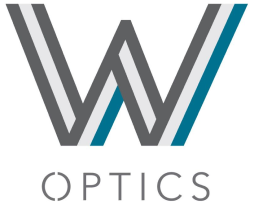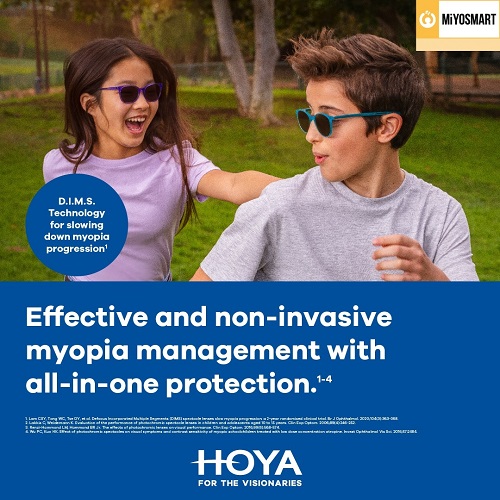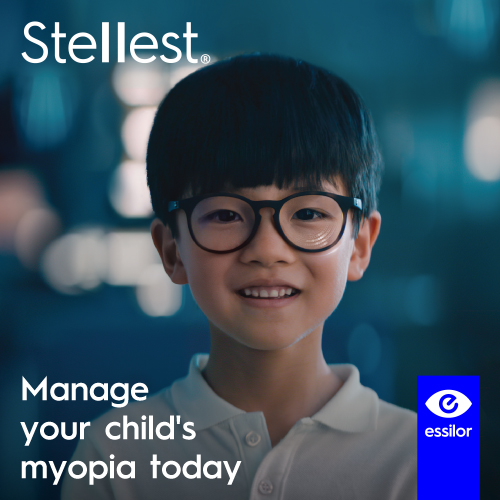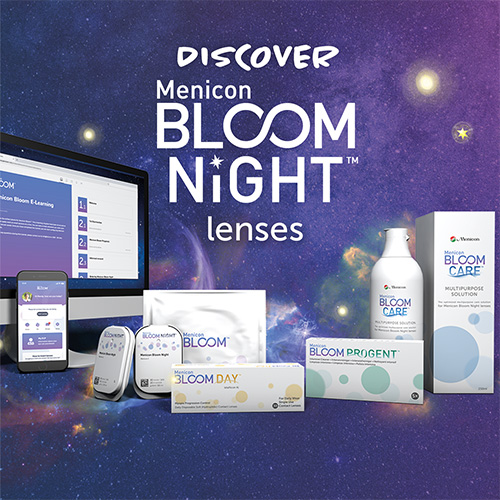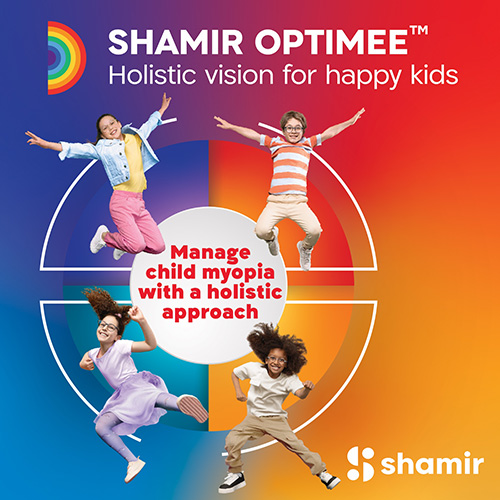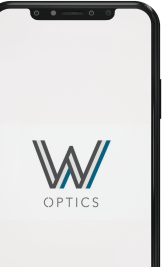Zeiss MyoCare Myopia Control Lenses
Posted on March 05, 2024 under Myopia

The Challenges of Myopia: More than just blur vision
Myopia – the insidious eye condition
Myopia (or short-sightedness), especially high myopia, plagues most Singaporean children and adults alike. Initially, the trouble is just relying on spectacles or contact lenses to see clearly. However, as myopia increases, the implications become more than just inconvenience.
How does myopia worsen?
The progression of myopia, akin to the rapid inflation of a balloon, results in the eye undergoing significant elongation. In a child with fast myopia progression, the eyeball is quickly stretched and thinned.
Why should I be worried about myopia?
While problems typically do not surface immediately, consequences often present in adulthood as the myopic individual has higher risks of preventable eye conditions and diseases. In fact, every increment of 1-diopter in myopia (commonly known as ‘100 degrees’) has been found to correspond to a double-digit surge in the likelihood of glaucoma, cataract, retinal detachment, and myopic maculopathy1 (figure 1).

Figure 1. Relationship between 1 diopter and the associated risks for eye conditions
In today's digital-centric lifestyle where reliance on screens for education, work, communication, and leisure is pervasive, the world is seeing our children’s myopia develop at an alarming rate. These associated yet preventable eye conditions, coupled with irreversible eyeball growth, are compelling reasons why parents should avoid adopting the idle ‘wait and see’ approach when myopia emerges.
Are myopia control lenses worth it?
Typical single-vision glasses can correct short-sightedness; however, they do not prevent the condition's progression. Specialised visual aids, such as myopia control lenses, are required to give your child clear and comfortable vision and most importantly, slow the progression of myopia at the same time.
ZEISS MyoCare Lenses: Your child’s ultimate defense against myopia
The optical powerhouse, ZEISS, helps children manage fast myopia growth with the latest ZEISS MyoCare lenses – designed to work doubly hard compared to current offerings.
Building on over two decades of global clinical research and innovations, ZEISS applies the latest science in myopia management with two unique pillars: C.A.R.E.® technology on the front surface of the lens; and ClearFocus Design on the back surface (Figure 2).
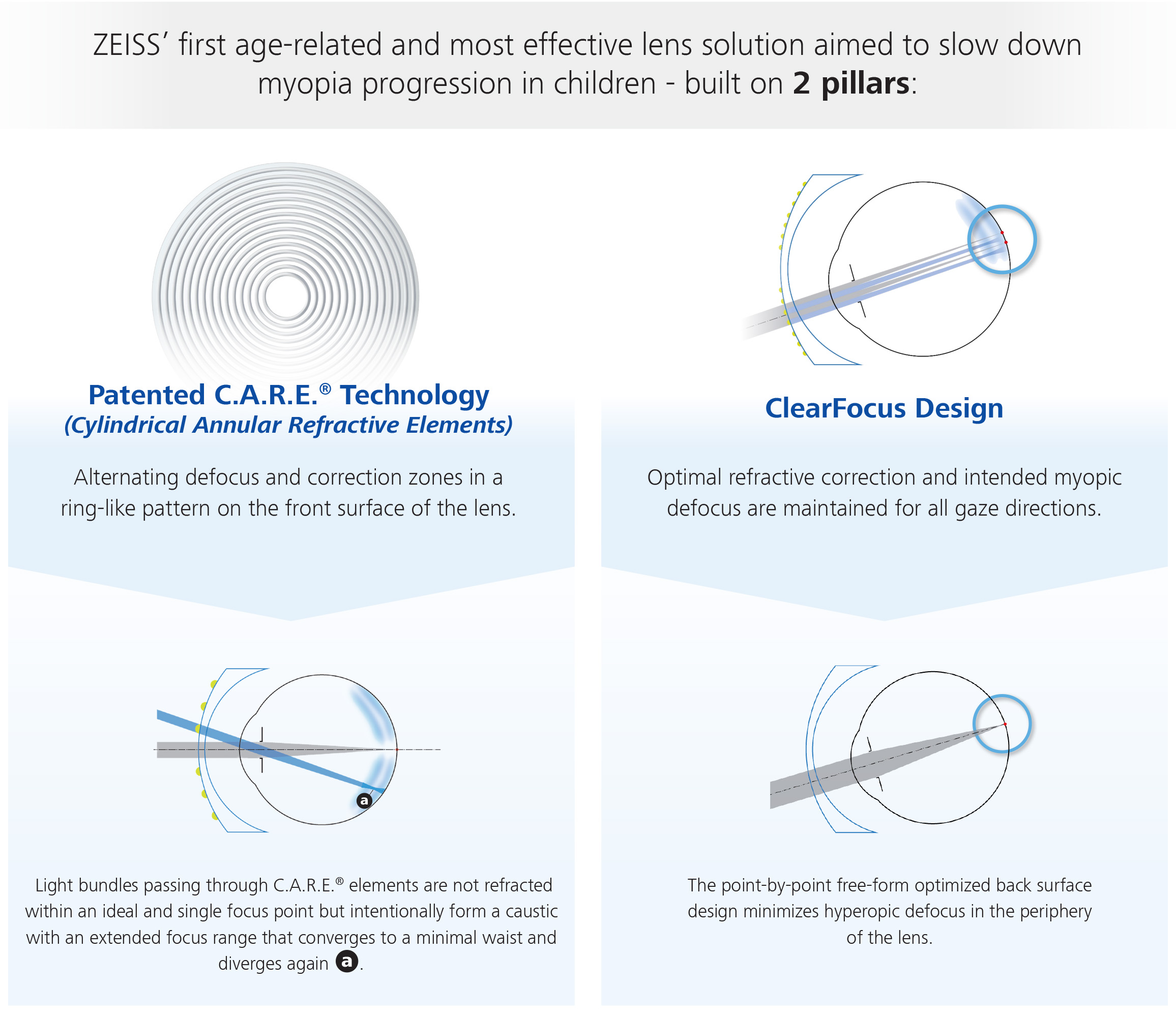
Figure 2. The 2 pillars of ZEISS MyoCare lenses for effective myopia management.
How does the ZEISS myopia control lens work?
C.A.R.E.® technology comprises of a central zone and a functional zone, each serving a distinct purpose. The central zone provides children with clear vision, while the functional zone contains the refractive elements to prevent myopia progression (figure 3). These essential elements extend towards the lens edge and deliver a “stop signal” that slows down the elongation of the eye, therefore, preventing myopia from progressing.
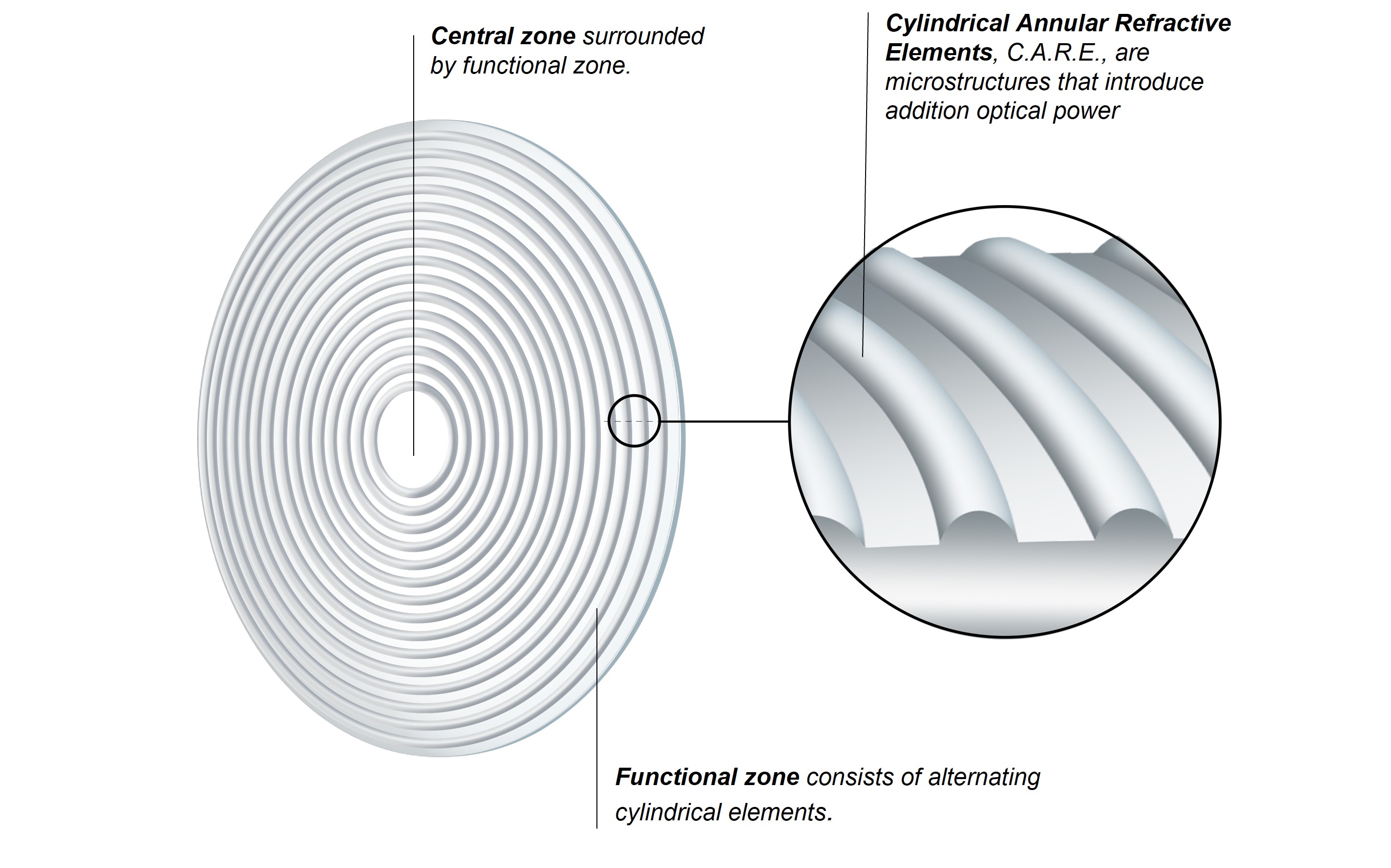
Figure 3. Schematic of the central and functional zones of ZEISS MyoCare lenses
Myopia management in ZEISS MyoCare lenses are enhanced with ClearFocus Design. This technology optimises many different points on the back surface of the lens, so your child receives the maximum benefits of myopia control, no matter which part of the lens the eye looks through.
Thanks to the synergy between C.A.R.E.® technology and ClearFocus Design, your child will receive unparalleled efficacy and comfort from ZEISS MyoCare lenses.
ZEISS MyoCare Lenses: A proven solution designed for your child’s comfort.
ZEISS MyoCare lenses offer the optimal combination of best vision correction, best-evaluated wearability (by children themselves), best adaptation and highest ratings for satisfaction3.
The portfolio consists of two lens designs – ZEISS MyoCare lens for children under 10 years old and ZEISS MyoCare S lens for children 10 years old and above. This makes the MyoCare portfolio the first of its kind in myopia management solutions to be prescribed based on age as studies comparing the efficacy of two lens designs reveal that each manages myopia more effectively for a certain age range than the other.
Preliminary studies with ZEISS MyoCare lenses showcase a noteworthy 63% average emmetropic progression ratio for children aged 7-9 years old and 86% average emmetropic progression ratio for children aged 10-12 years old (figure 4).
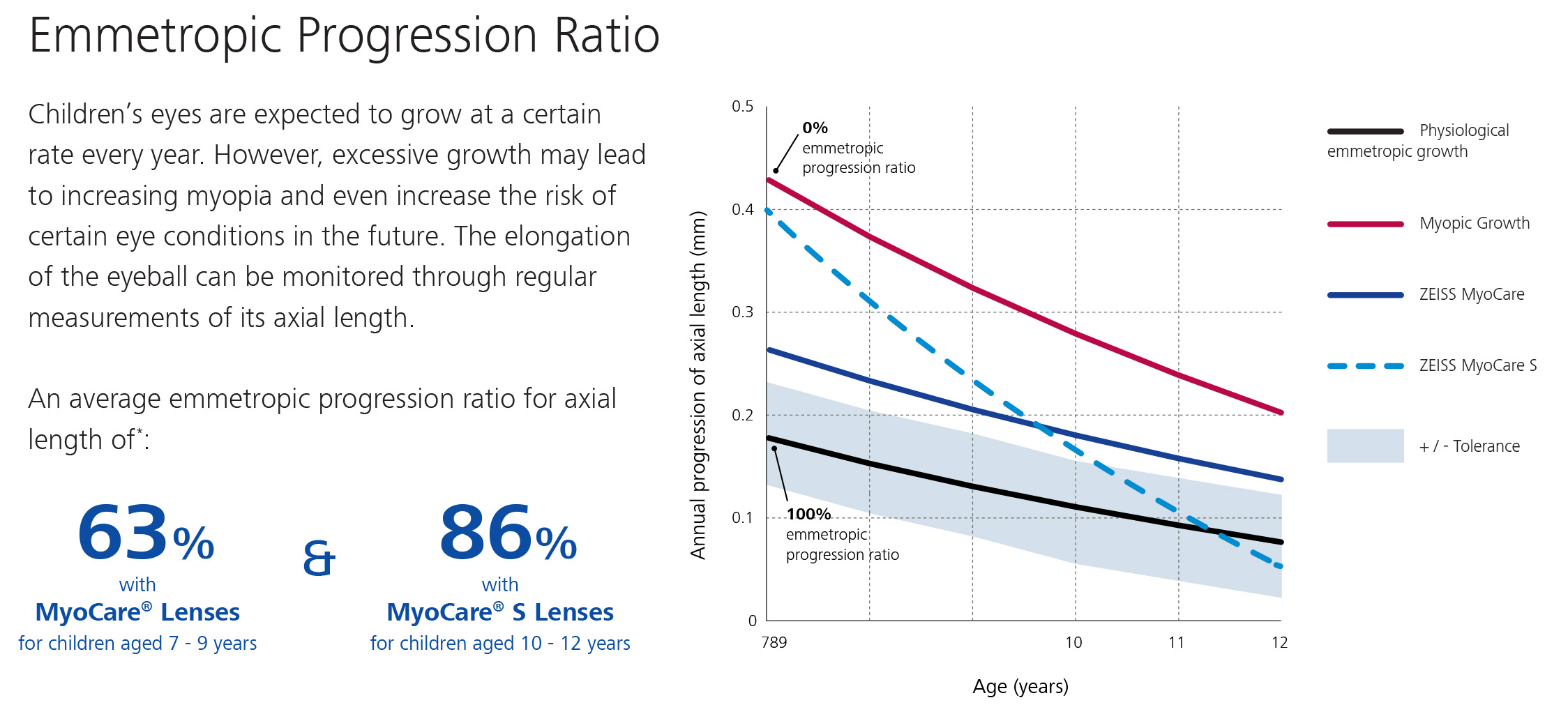
Figure 4. Emmetropic Progression Ratio and unpublished results of ZEISS MyoCare lenses
ZEISS MyoCare lenses are also designed for excellent wearability with all-day comfort and great aesthetics akin to single-vision lenses, with no obvious ridges where the refractive elements are.
Wearability is crucial in enhancing any myopia management intervention, as longer wearing time is directly correlated to the retardation rate of myopia progression2,3. Impressively, both ZEISS MyoCare and MyoCare S lenses revealed 100% adaptation within one day1.
Take your first steps in battling myopia progression.
Curbing myopia progression does not need to be a daunting process. Take the first steps on this rewarding journey to safeguard your child’s vision and eye health, beginning with a consultation with your myopia specialists at W Optics to understand more.
Book an eye examination now and give your child a better outlook on life with the latest myopia management innovation that is ZEISS MyoCare lenses.
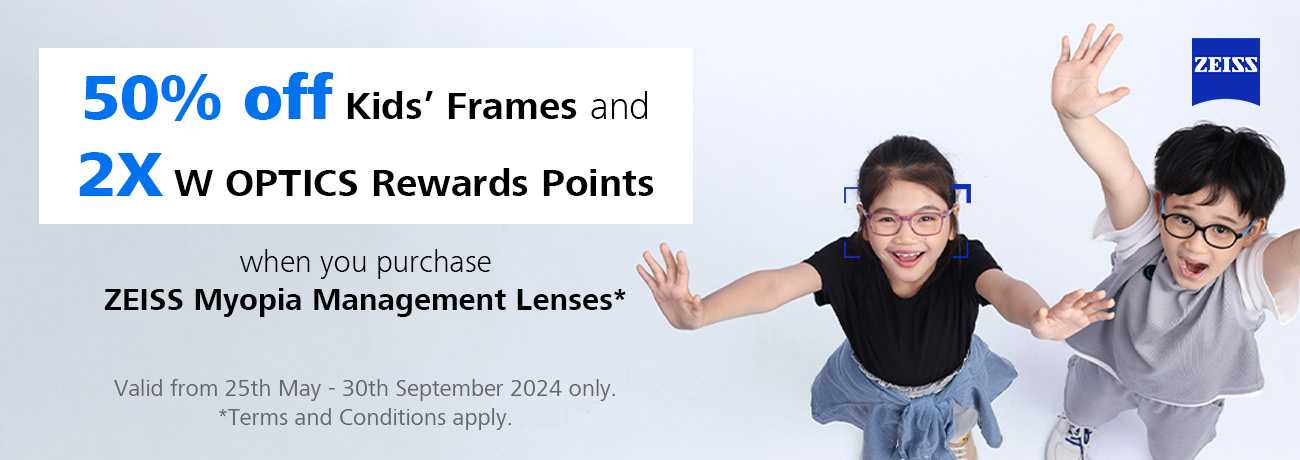
*Double W OPTICS Rewards Points are applicable for the purchase of ZEISS MyoCare Lenses only. 50% off Kids' Frames applies to any purchase of ZEISS myopia management lenses.
References:
1. Two-year prospective, double-blind, randomized controlled clinical trial lead by Wenzhou Medical University Eye Hospital, China, 2021, on 78 myopic children wearing ZEISS MyoCare lenses, 72 myopic children wearing ZEISS MyoCare S Rx lenses and 76 myopic children wearing ZEISS Single Vision lenses for 12 months. Unpublished results.
2. Lam CS, Tang WC, Tse DY, Tang YY, To CH. Defocus Incorporated Soft Contact (DISC) lens slows myopia progression in Hong Kong Chinese schoolchildren: a 2-year randomised clinical trial. The British Journal of Ophthalmology. 2014;98(1):40–45.
3. Zhu X, Wallman J. 2009. Temporal properties of compensation for positive and negative spectacle lenses in chicks. Invest Ophthalmol Vis Sci 2009;50:37–46

